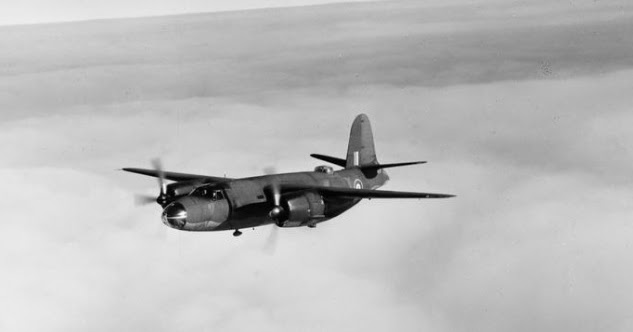Reluctant Poster
Tech Sergeant
- 1,737
- Dec 6, 2006
It wouldn't fit in the Avenger bomb bay as it was 3 feet longer than the Mark 13. There is little ground clearance under the ventral gun position so external mounting would be problematic. This is why the RN used the Avenger only as a bomber.I had a thought but it died a lonely death. Anyway, I wondered why the U.S. didn't use British torpedoes as well. Could it be that the Navy believed the ordnance bureau's claims?

